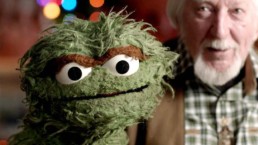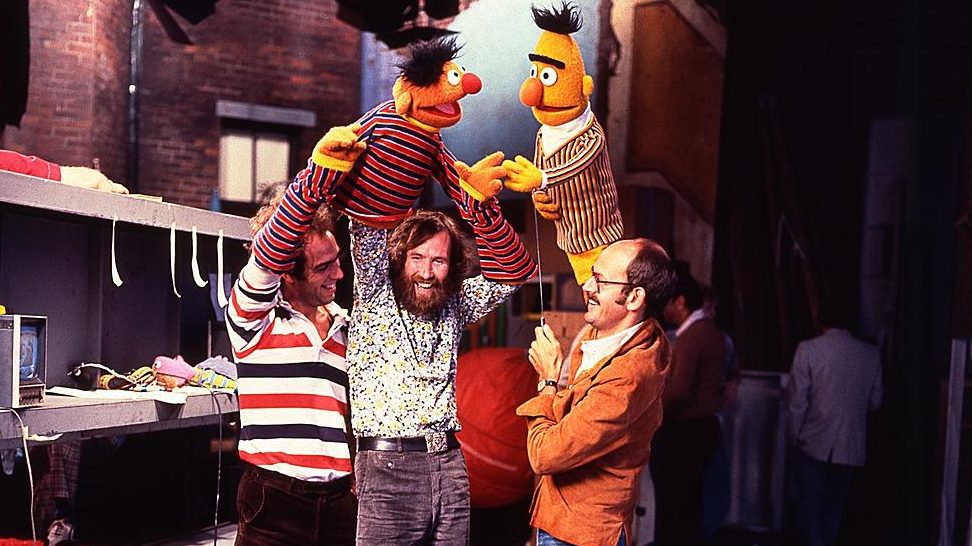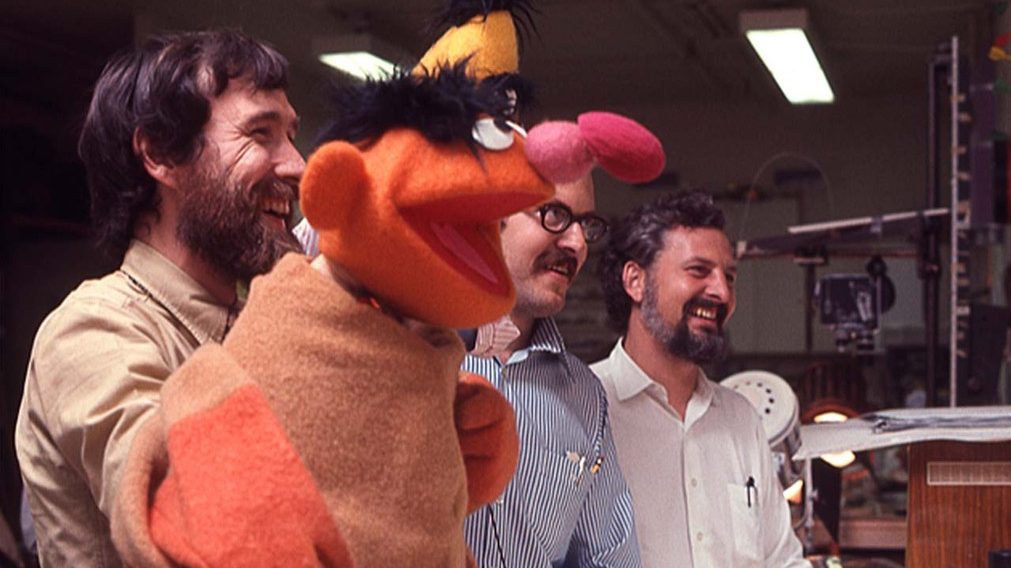‘Street Gang: How We Got to Sesame Street’ Review: What the TV Taught
The touching doc shows how art and altruism changed popular culture forever
Big Bird, Bert & Ernie, Kermit the Frog and Cookie Monster are as timeless today as they were when they debuted on “Sesame Street” in 1969. But what I didn’t know about these lovable muppets was the incredible story behind the seminal children’s TV show’s creation, which the new documentary Street Gang: How We Got to Sesame Street reveals. The road that was taken by television producers and educators to create this one-of-a-kind children’s program was radical, as they set out to create an education show that would answer: what if a show loved kids instead of sold to them? Could TV help kids? Could it be used to teach?
This became “Sesame Street,” which changed the culture and has been cherished by children still to this day. Whether you do or don’t know much about the show, Street Gang: How We Got to Sesame Street (based on the New York Times Bestselling Novel) should be required watching to see how art and altruism can go together to change the world for the better.
Expression
Street Gang: How We Got to Sesame Street is a feel-good film and was such a joy to watch, capturing the pure spirit that “Sesame Street” was created with. A smile hit my face the moment I saw Frank Oz and Jim Henson bring Bert and Ernie to life through their shared improvisational puppeteering (I forgot that “Yoda” also voiced Bert, Grover and Cookie Monster!). Seeing the late Caroll Spinney (who was interviewed for the film before his passing) recount playing the eight foot tall Big Bird as well as Oscar the Grouch is also fascinating to watch people acting on their pure imagination and creative artistry, all to connect to children who had never been communicated to before.
Beyond the amazing puppeteering, the documentary also captures the era in which the show was created, as well as New York’s turbulent late-sixties’ soul and spirit. Street Gang shows how America was a time of social inequality and civil unrest, and these stirring pictures and footage makes the story of “Sesame Street”‘s creation even more affecting.
Expression: 4 out of 5 stars
Daring
At 1 hour and 47 minutes, Street Gang makes much of highlighting the radical reason of why the show was created: as a way to help teach basic education skills such as reading and counting to impoverished inner-city Black and minority children at a time when nothing like it had been done. It was a daring notion, and the doc introduces the main people behind the show’s development such as Joan Cooney. The female television producer who was responsible for putting the show on the air, Cooney shares how she worked with the Federal Government’s Office of Education to create the “Children’s TV Workshop,” a group of educators and TV producers that would create an entirely new style of children’s educational show.
The biggest debt that Street Gang wishes to pay here is to Jon Stone, who we learn was the visionary and central force for what “Sesame Street” the show would become. Motivated by the disillusionment that the Vietnam War placed on the country, as well as a disgusted response to overt consumerism in children’s TV shows, Stone was not only responsible for pioneering “Sesame Street”‘s mix of education and entertainment, but for its daring decision to set the show in a gritty New York street environment (versus a fantasyland or suburban setting which was more popular), with the intent to relate to the Black and minority kids that they wished to connect with.
While Street Gang celebrates the radical spirit of “Sesame Street”‘s creators, as well as how it broke socio-economic and political barriers with its proudly multi-racial cast, the documentary itself is more conventionally made and restrained. Rather than choosing to be more daring and an even-sharper critique of present day American education, Street Gang is ultimately more of a celebration than a “call to action.”
Daring: 3 out of 5 stars
Craft
However, it’s a smart decision that Street Gang plays more conventionally and that it chooses not to use any more obvious filmmaking flourishes beyond its use of single interviews and behind-the-scenes footage, which would likely be distracting to the incredible stories and genius in the footage that’s already on the screen. The footage itself–grainy, weathered and worn–is a treasure to behold, and present-day interviews in which former cast members and creators talk about the show brings further magic to the stories. Rather than attempt to add additionally clever and artistically inventive media into the mix, Street Gang opts to impress by way of being more polished in its straightforward filmmaking approach, and a wider emotional range is felt because of it.
Craft: 3 out of 5 stars
Impact
There were multiple moments throughout Street Gang: How We Got to Sesame Street in which I was emotionally affected. Whether it was me genuinely laughing over brilliant puppeteering skits (at one point in time in entertainment, the only two shows on air that had comedy writers were “The Tonight Show with Johnny Carson” and “Sesame Street”), or politically enlightened, or emotionally moved, the doc spans a wide emotional range. Seeing then-musical composer Joe Raposo–who wrote the show’s original songs and music–reminisce over writing Kermit’s famous ballad “It’s Not Easy Being Green,” or seeing special guest star Jesse Jackson get a huge set full of kids to chant “I am somebody, I can change the world” made my eyes water. Beyond its bold artistic achievements, Street Gang also serves as a love letter and reminder to artists and educators everywhere, that with fearless creativity and a good heart, you can create something that can change the world.
Impact: 5 out of 5 stars
Conclusion
Street Gang: How We Got to Sesame Street is a fascinating and inspiring document of the story of how a fearless and good-willed group of creative artists and innovator taught disadvantaged kids that they could be something they never dreamed they could be. If you decide to re-visit Big Bird, Bert & Ernie, and the rest of the muppet gang, you’ll remember what can be achieved when people’s voices are heard–even if it’s underneath multi-colored felt.
Conclusion: 4 out of 5 stars
Ryan Rojas
Ryan is the editorial manager of Cinemacy, which he co-runs with his older sister, Morgan. Ryan is a member of the Hollywood Critics Association. Ryan's favorite films include 2001: A Space Odyssey, The Social Network, and The Master.



